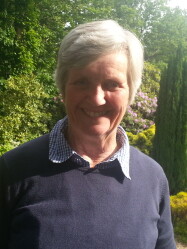BibTex format
@article{Woodward:2019:10.1016/j.atmosenv.2019.116891,
author = {Woodward, H and Stettler, M and Pavlidis, D and Aristodemou, E and ApSimon, H and Pain, C},
doi = {10.1016/j.atmosenv.2019.116891},
journal = {Atmospheric Environment},
pages = {1--16},
title = {A large eddy simulation of the dispersion of traffic emissions by moving vehicles at an intersection},
url = {http://dx.doi.org/10.1016/j.atmosenv.2019.116891},
volume = {215},
year = {2019}
}

